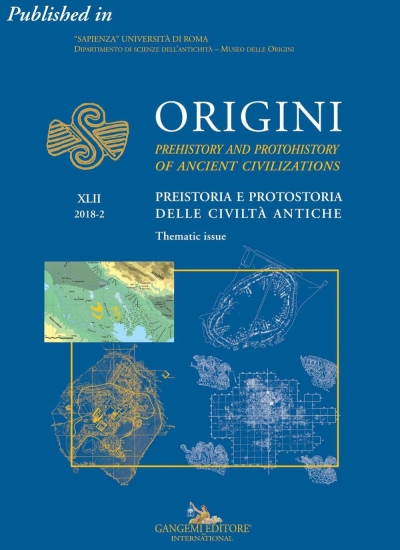Description
The statuses, layouts, and functions of the major Lowlands Maya sites, from the earliest ones (around 700 BC) until the most recent, were the object of numerous debates, many of them false, because they were generated by the inadequate use of the terms urban and urbanism. The numerous works carried out since the 1960s in order to establish the plans of numerous cities and, sometimes, their surroundings clearly demonstrated the extraordinary variability of the forms and functions of these settlements. The new data provided by airborne LiDAR surveys confirm the diversity of the city-planning. Among their main results, we must note the questioning of the differentiation between the core of cities and the so-called rural sectors. It also appears more evidently than ever that many Maya sites, including important ones, are disperse, very often due to the presence of agricultural plots of land between the residential groups. Thus, green cities would be one model (among others) to consider for ancient Maya cities.




